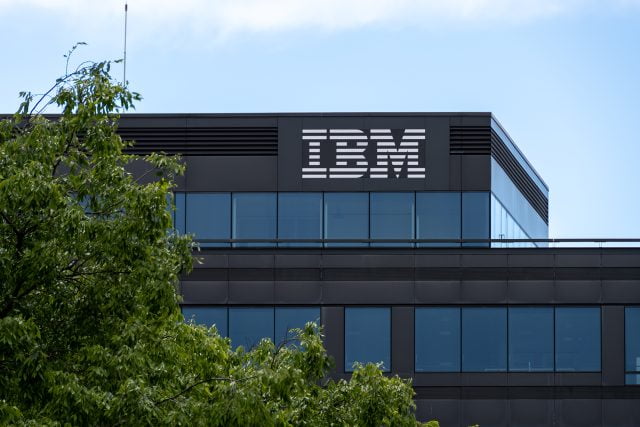
What Is IBM Doing with Its Retirement Plans? And Why?
Alicia H. Munnell is a columnist for MarketWatch and senior advisor of the Center for Retirement Research at Boston College.
Shifting company contributions from 401(k)s to cash balance plan won’t help the rank and file.
In the recent sudden burst of enthusiasm for defined benefit (DB) plans, IBM has been at the center of the conversation. Indeed, IBM is making changes to its retirement plans. Starting in January 2024, IBM will end its 5-percent matching contribution and 1-percent automatic contribution to employees’ 401(k) accounts in favor of an automatic 5-percent contribution to a “Retirement Benefit Account.”
Candidly, I have never heard of a “Retirement Benefit Account.” Apparently, IBM is bringing back the cash balance component of its DB plan. The company had “frozen” its DB plan effective January 1, 2008 – that is, participants stopped accruing new benefits. The plan had been closed to new participants since 2005.
Cash balance plans are DB plans that retain “notional” individual accounts throughout the asset accrual phase. Like traditional DBs, the employer makes the contribution, owns the assets, selects the investments, and bears the investment risk. In addition, the employer credits the employee’s notional account with interest, usually based on the yield of Treasury securities. Employees receive regular statements and can withdraw the balance as a lump sum when they retire or terminate employment. Unlike 401(k) plans, cash balance plans are required to offer employees the ability to receive their benefits in the form of lifetime annuities.
The guaranteed returns for IBM’s new “Retirement Benefit Accounts” are as follows:
- first 3 years: 6 percent interest;
- 2027-2033: yield on 10-year Treasury, with a floor of 3 percent; and
- 2034 and beyond: yield on 10-year Treasury.
Currently, IBM automatically enrolls new employees in its 401(k) plan at 5 percent of salary after 30 days, unless the employee opts out. Employees become eligible for the IBM 5-percent matching contribution and 1-percent automatic contribution after one year.
IBM acknowledged that the 5-percent contribution to the Retirement Benefit Account is less than the matching 5-percent contribution and 1-percent automatic contribution to the 401(k) and will provide a one-time salary increase effective January 1, 2024.
So why is IBM going to all this trouble? One would think that a DB plan would be more expensive to operate than a 401(k); DBs require regular actuarial analyses and annual premiums to the Pension Benefit Guaranty Corporation. But the company contends that “a stable and well-funded” benefit will help employees “to diversify their retirement portfolios,” and employees do not have to enroll, contribute, make an investment decision, or worry about market fluctuations.
But will employees really come out ahead? One group of winners would be those employees not participating in the current 401(k). But 97 percent of workers at IBM participate in the 401(k), so any gains here would be very small. Similarly, lifetime benefits – provided at very low cost – could alleviate some of the challenges associated with withdrawing 401(k) balances. But the gains here depend on how many opt for the lifetime benefit as opposed to the lump sum, and also the value of an unindexed annuity depends crucially on what happens on the inflation front. In short, the proposal appears to do little good for the rank and file.
And on some fronts, the shift could actually hurt employees. First, employees will have too much of their assets in fixed-income investments. After higher guarantees for the first 10 years, IBM will provide credits equal to the yield on Treasuries. If the company’s 5-percent contribution had gone into the 401(k), it would earn the return on a mix of stock and bonds – presumably higher. Second, without a match, employees might cut back on their 401(k) saving and end up putting less aside for retirement.
If not for the welfare of the rank and file, why is IBM making this switch? That’s really interesting. According to their annual report, IBM held a surplus of about $3.5 billion in its DB plan, while it paid out $550 million annually in its matching contributions to the 401(k). Faced with no funding requirements for its over-funded plan, IBM can use the $3.5 billion surplus to pay for the 5-percent annual contributions for at least the next 6 or 7 years – improving its bottom line by $550 million each year. Eventually, IBM will have to make contributions to the plan out of company money, but good investment performance could help reduce the annual burden. In short, this clever maneuver – while leaving employees worse off – certainly benefits shareholders.







